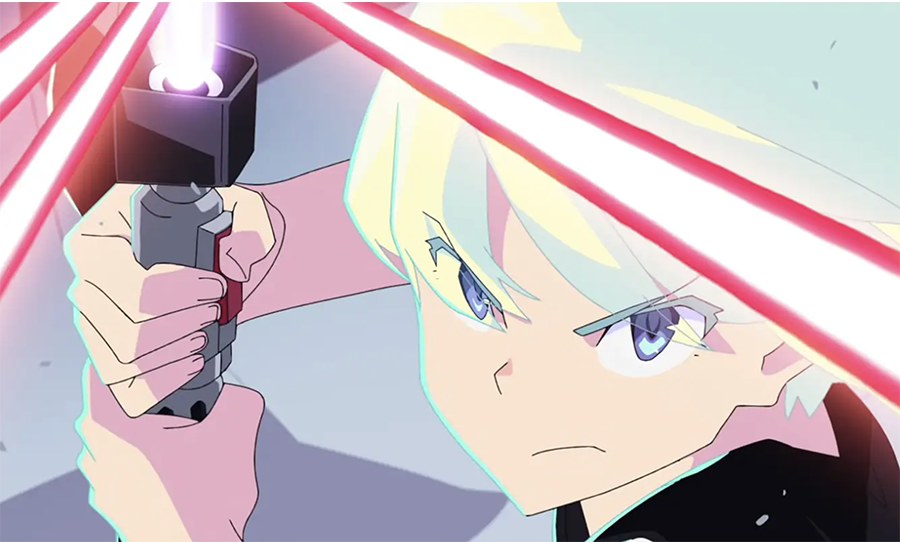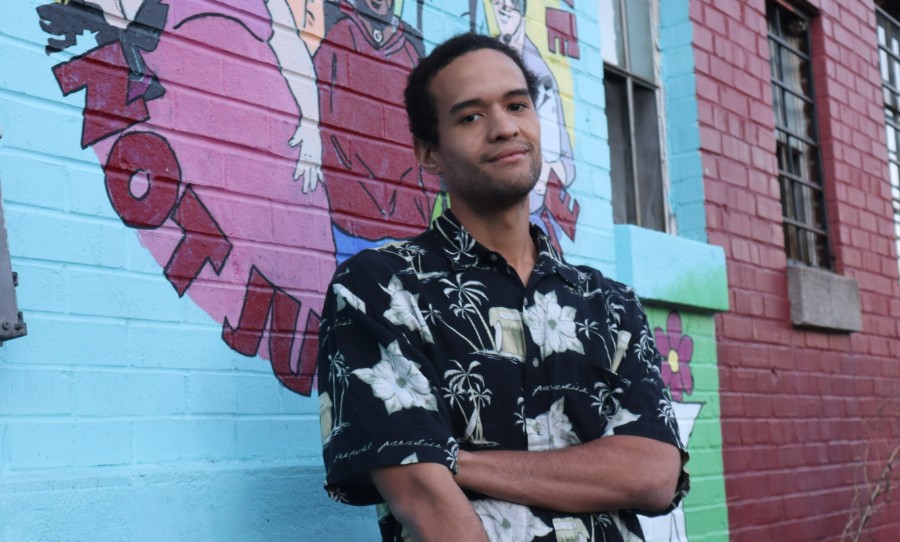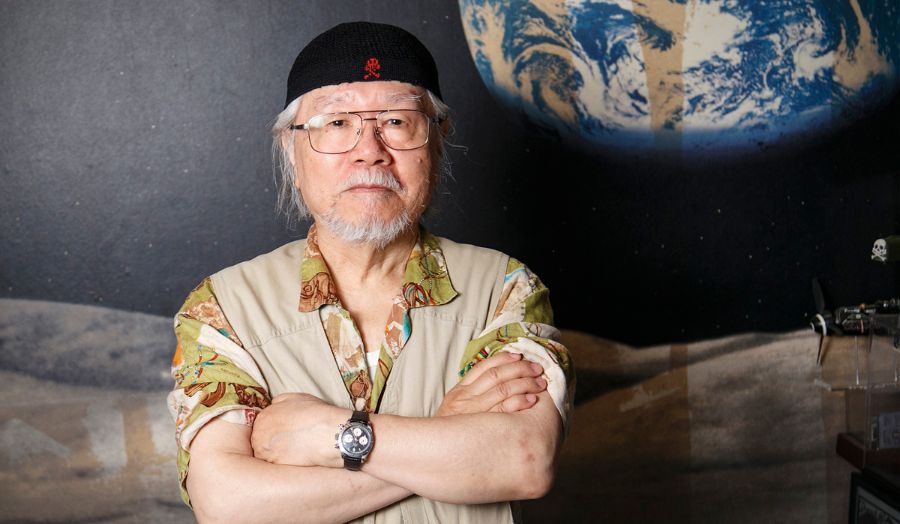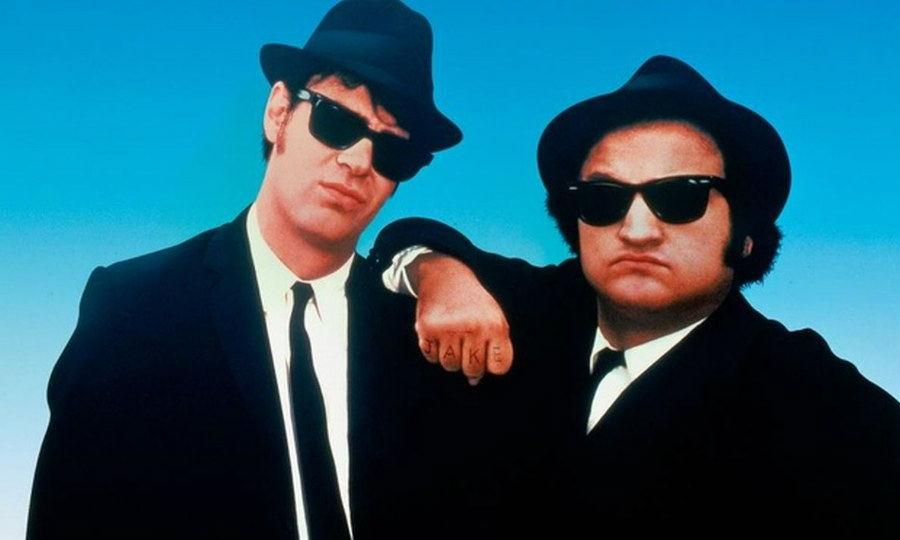With breathtaking art, unparalleled direction, an epic score, and top-notch performances, Star Wars: Visions is a tour de force that could be the start of something promising for Disney.
Back in June, Disney and Lucasfilm announced a brand new addition to the Star Wars franchise, Star Wars: Visions. The recently released animated series is an anthology of non-canon short films, crafted by some of Japan’s biggest anime studios.
In the subsequent months, the entertainment mega giants released a number of special trailers, setting the internet ablaze with the idea that the worlds of Star Wars and anime will soon collide. And now, Star Wars: Visions has finally arrived.
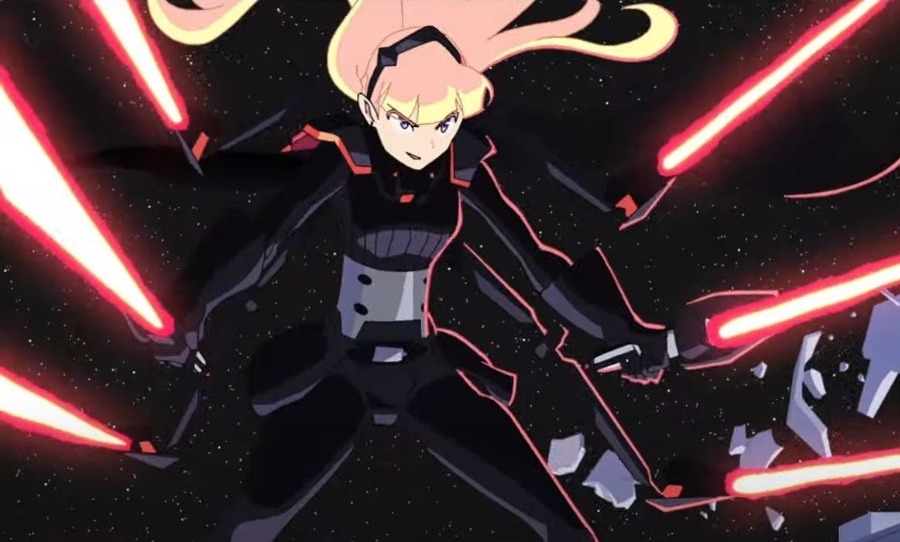
East meets West
The anthology consists of nine episodes, each one running between 13 and 22 minutes. Each episode uses a different art style, ranging from hand-drawn characters on painted backgrounds (a staple in Japanese animation) to bold, comic book-like drawings.
In this way, Visions stops each short from blurring together by capitalising off their differences. For instance, Kamikaze Douga’s The Duel – a black and white, sketched film with a slight vintage quality to it – showcases elements of Japanese/Eastern culture in a subtle but dark way. It’s the classic wandering samurai tale with a Star Wars twist, something completely different to the other shorts.
Not to mention the Easter eggs – another blending of the anime culture with established Star Wars canon. Fans will have a lot of fun looking for fresh takes on franchise favourites in The Duel, from a gonk droid being used as a stove, to the appearance of familiar aliens, or the protagonist’s droid accessorising with a straw hat.
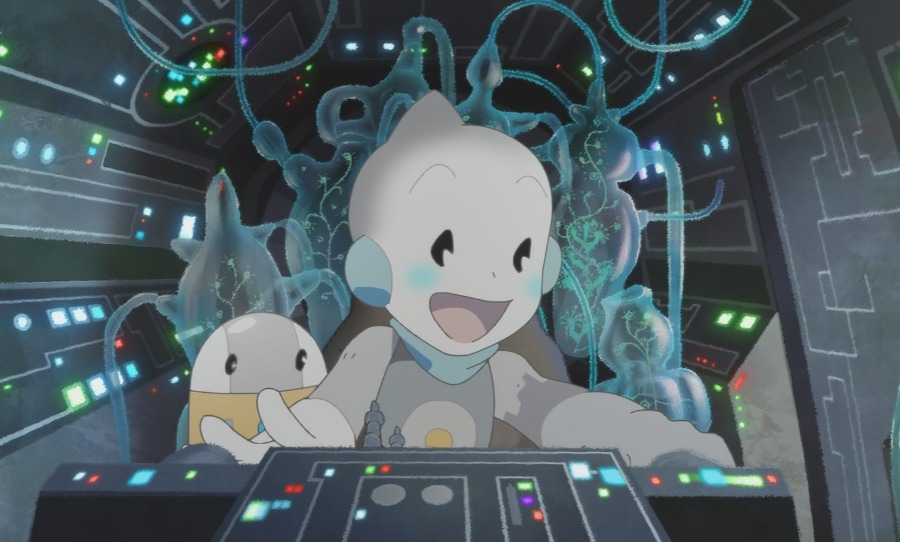
A completely different tale is Geno Studios’ Lop and Ochō. Set on a planet where the people are torn between the Empire and their own independence, Lop and Ochō uses a more traditional anime art style (2D figures on painted backgrounds). Not only will this appeal to anime fans, but the film’s natural colour palette allows everything to pop.
Viewers will appreciate the animators’ attention to detail. Materials are beautifully textured and there are times where landscapes and space appear more like works of art than backdrops for scenes to play out on. It all comes to a head at a key point in Geno Studios’ film, where a stunning render perfectly combines traditional Japanese art with Star Wars figures.
But there’s more to it than just visual references. The music used in Visions plays an integral role in reminding the audience that this is an anime interpretation of what is generally considered a Western story. Many of the films weave together strings, percussion, and wind instruments to create their own distinct atmospheres.
The scores of Science Saru’s Akakiri and Trigger’s The Elder are excellent examples of this. Akakiri opens with a high-energy scene, heightened by rapid drumbeats that pound in time with the movements of the figures on screen. A similar beat plays throughout the other action sequences, drawing the viewer in, mirroring the desperation of the characters involved.
The Elder is similar, with a key difference being The Elder’s usage of flutes. These grant each scene, particularly one featuring a lightsaber duel, a unique Eastern flavour that brushes upon media depictions of samurai without being too on the nose.
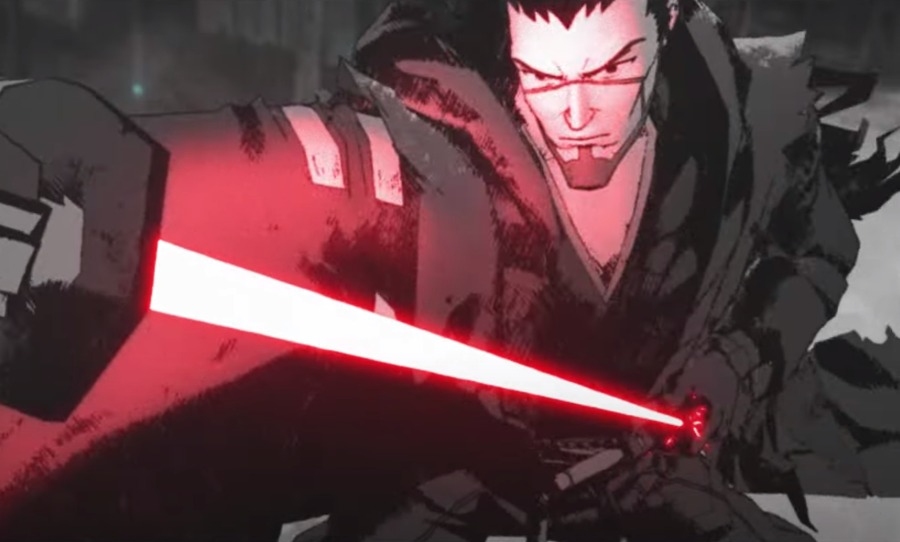
Same skies, new faces
Establishing new characters and worlds within a short screen time is always a challenge, and unfortunately this is the pitfall that some of Visions’ episodes suffer from. The studios do their best with the limited amount of time they have, although some of the shorts aren’t very successful at creating well-rounded characters. This could come down to the writing (maybe even the translations for the English dub) or it could be the voice cast themselves.
With that being said, Lop and Ochō, Studio Colorido’s Tatooine Rhapsody, Trigger’s The Twins, Science Saru’s T0-B1 and Production I.G’s The Ninth Jedi, have the most compelling characters. At times, the dialogue may not be the most cohesive, however, the vocal performances of key cast members make up for it.
To All the Boys I’ve Loved Before’s Anna Cathcart (voice of Lop in Lop and Ochō) and The Marvelous Mrs. Maisel’s Jaden Waldman (voice of T0-B1 in the titular film) were perfectly cast in their roles. Both actors bring out the innocence of their characters, while subtly adding different dimensions to them as their youthful naivety is challenged by the obstacles in their stories.
Likewise, Joseph Gorden-Levitt, Neil Patrick Harris, and Spider-Man: Into the Spider-Verse’s Kimiko Glenn slipped into their roles as Jay (the lead of Tatooine Rhapsody), Karre (one of the twins in The Twins) and Kara (from The Ninth Jedi) like a glove, respectively. Additionally, her character, F, may not be the most interesting in Kinema Citrus’ The Village Bride, but Suicide Squad’s Karen Fukuhara does an incredible job with what she’s given. Her character is mysterious with a tragic past – a familiar trope that all anime fans will appreciate.
With all this being said, the actions scenes are put together incredibly well. The films which do this the best are The Ninth Jedi, Lop and Ochō and The Twins. These shorts approach their battles in visually stimulating ways. One uses a combination of 3D and 2D animation in a chase sequence to create a sense of depth. Another has the ‘camera’ zoom in and out – capturing the battlefield from a variety of angles, while drawing the viewer further into the action.
And the lightsaber duel from the trailer, the one that had social media talking about a six-armed Sith Lord? That’s just as epic as the footage made it seem.
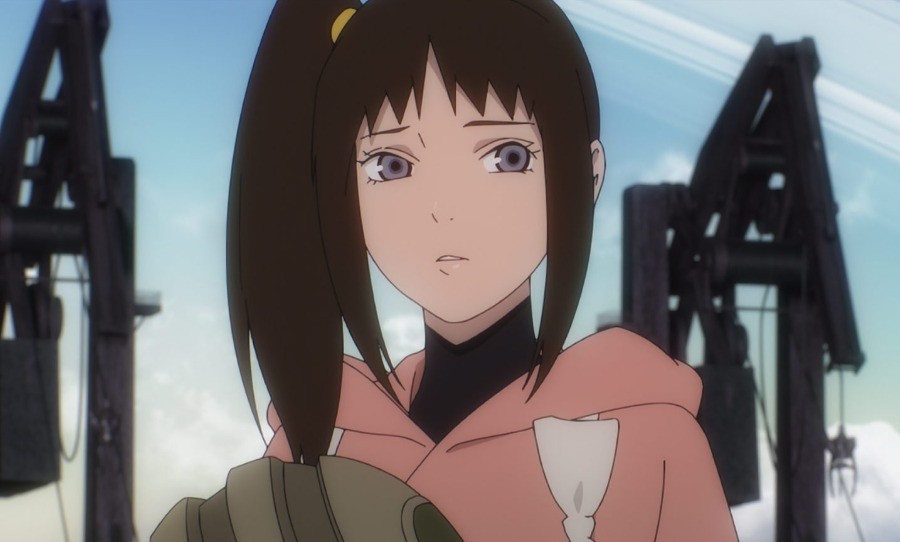
A special mention should also go to how the studios reimagined the Star Wars mythos in innovative ways. From The Village Bride’s interpretation of the Force through the eyes of a non-Jedi culture, to the adaptability of kyber crystals and the lightsaber umbrella from The Duel, the talent behind the shorts brought a fresh, out-of-the-box creativity that should be utilised in the franchise’s canon media.
At the end of the day, Visions is a paragon of Star Wars mythology and anime brilliance. While Disney and Lucasfilm have cemented themselves in the hearts of Star Wars fans with other animated projects (notably The Clone Wars and The Bad Batch series), Visions has given them the opportunity to tap into the eastern animation market, and explore possibilities with the same vision and boldness that made anime the global phenomenon it is today.
Star Wars: Visions is available to stream in English and Japanese on Disney+ now.
